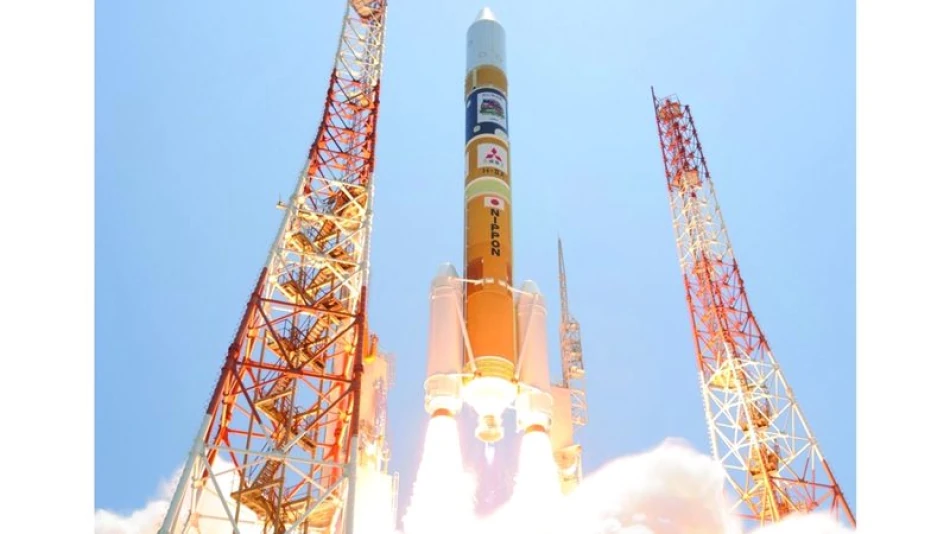
UAE Emerges as Global Hub for Cutting-Edge Technology
The UAE has launched six satellites in just the first quarter of 2024 and signed major partnerships for lunar exploration, positioning itself as a serious player in the global space race. These moves come as World Space Week begins, highlighting how the Emirates is building both technical capabilities and international partnerships that could reshape its role in space exploration.
The country started 2024 strong with multiple satellite launches. In January, it sent up the Thuraya-4 satellite, followed by four more including the Mohammed bin Zayed Sat and Al Ain Sat-1. By March, the radar satellite Etihad Sat joined the fleet, giving the UAE a diverse constellation of space assets.
But here's where it gets interesting. The UAE signed a deal with Thales Alenia Space in February to develop a pressure equalization module for a lunar space station. This isn't just a one-off project - the Emirates will operate this module for up to 15 years, with possible extensions. The agreement gives the UAE a permanent seat in what's being called the largest lunar exploration program and puts it in line to send an astronaut to the Moon.
The benefits go beyond prestige. The UAE gets priority access to scientific and engineering data from the lunar station, which could accelerate its own space research programs. For a country that only established its space agency in 2014, this represents a significant leap in capabilities.
The Rashid-2 lunar rover project shows how the UAE is thinking strategically about partnerships. After the first Rashid rover was lost in a failed landing attempt, the country quickly regrouped. It signed with US company Firefly Aerospace to carry Rashid-2 to the far side of the Moon in 2026 - only the second mission in history to attempt landing there.
This mission joins payloads from NASA, the European Space Agency, and Australia, putting the UAE alongside major space powers. The rover will collect data that could help develop future lunar infrastructure technologies, an area where early movers often gain lasting advantages.
The French space agency CNES is providing two cameras and advanced equipment for Rashid-2, based on technology proven in previous space missions. These partnerships matter because they give the UAE access to tested systems while building relationships with established space agencies.
On the asteroid front, the UAE completed final design work for its asteroid belt exploration mission in April. This project aims to study seven asteroids between Mars and Jupiter - the first scientific mission of its kind. The country signed with the Technology Innovation Institute to develop a landing craft for this mission, showing it's not just buying technology but developing indigenous capabilities.
The Hope Probe, which reached Mars in 2021, continues delivering atmospheric data that researchers worldwide are using. This mission proved the UAE could execute complex deep space operations and established its credibility for future partnerships.
The National Space Academy launched a satellite engineering training program with Edge Group companies, focusing on practical skills for mission design and satellite systems. This addresses a key challenge - building local expertise to support growing space ambitions.
For investors and governments watching the space sector, the UAE's approach offers lessons. Instead of trying to build everything domestically, it's strategically partnering with established players while developing specific capabilities. The lunar station deal and asteroid mission represent areas where the country could become a specialized provider of space services.
The economic stakes are significant. The global space economy reached $469 billion in 2021 and continues growing. Countries that establish early positions in lunar exploration and asteroid mining could capture substantial future value as these markets develop.
Most Viewed News

 Sara Khaled
Sara Khaled






